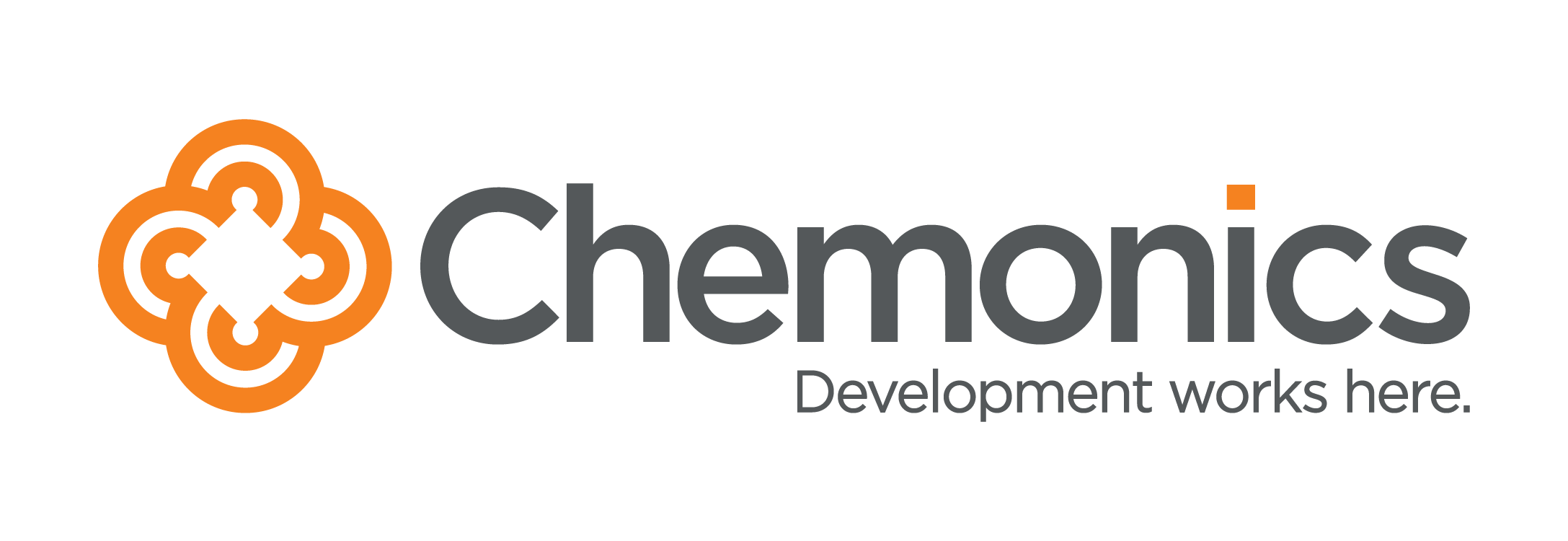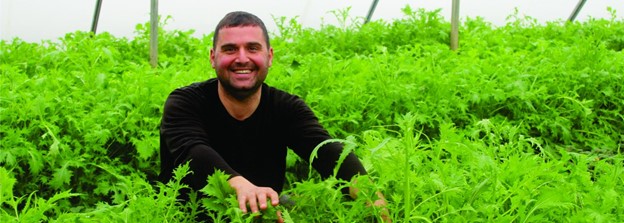
Member Spotlight: Digitizing the Georgian Agricultural Value Chain
Six Lessons from the Development of the Agronavti App
April 8, 2021 | By Melissa Benn, Chemonics

Over the past few decades, we’ve all heard variations of the same refrain: the future is digital. However, digital’s promise is hard to realize in many contexts given the technology infrastructure required for success. This goes beyond broadband internet availability and access to include cultural norms and other factors that affect individual access and use, particularly for vulnerable populations. How can development implementers overcome these challenges to help facilitate the development of successful, innovative, digital technologies to low- and middle-income countries?
This blog will outline some key lessons learned from the award-winning Agronavti app, a mobile matchmaking platform designed and implemented by the Georgian Farmer’s Association (GFA), with support from the USAID/Georgia Zrda activity, implemented by Chemonics International. While no process is universal and every context is unique, this framework can help teams think through the development of their own digital innovations in agricultural contexts, and serve as a roadmap for implementers to think through key considerations and steps, as aligned with the nine principles for digital development developed by USAID, the Gates Foundation, UNICEF, UNDP, the World Bank, WHO, and others.
An Agronavti Snapshot
Agronavti is a successful mobile matchmaking platform which connects Georgian farmers directly to wholesalers, distributors, and end buyers, including local hotels and restaurants, allowing local producers to access new markets for over 150 products. Since its inception in 2017 the platform has facilitated over $4.3m in sales between small and medium-scale farmers and local industry.
Lesson One: Recognize if the Ecosystem is Ready
App development, and other types of digital innovation, must be context appropriate, and are not recommended in every context for every problem. It’s essential to understand the key environmental factors for success and recognize whether these key factors are present in your context. USAID’s Digital Ecosystem Country Assessment is an excellent tool to assist in identifying opportunities and risks within various digital ecosystems, and to ensure activities aren’t crowding out pre-existing private sector driven solutions. As you assess your ecosystem, make sure user-centered design is at the forefront of your brainstorming, and that you’re solving for real problems (more on this in Lesson Two).
Georgia enjoys a 99% literacy rate, over 40% employment in agriculture, and has a government committed to extending reliable broadband access nationally. Therefore, an app designed for smartphones focused on access to markets had a reasonable probability of success.
Lesson Two: Solve for Real Problems
Innovations must work to improve existing problems in the ecosystem: having interesting ideas or identifying product-market fit isn’t enough. When funding innovations focus on supporting organizations that have done consumer research and use an ecosystem-building approach. Donors can help fund extensive consumer research to clarify issues potential clients are facing, especially considering the often-high price tag of comprehensive market research. As is the case with all development, determining the most effective and efficient mechanisms to solve problems is complex and should not be considered a simple decision. It’s essential to consider the likelihood of users adapting to your product/service (step five), the sustainability of the solution (step six), and the experiences of similar actors.
In Georgia, the Zrda team recognized a lack of transparent price information through a developed market information system (MIS). After researching the country’s current MIS, they developed a subaward process to support multiple organizations build sustainable MIS platforms that help farmers and buyers access markets and determine optimal times to buy and sell produce, a pain point identified during multiple stakeholder conversations.
Lesson Three: Create Thoughtful, Deliberate Competition
We often automatically assume that we need to choose one individual organization/ consortium to win an award. However, not all awards have to be structured that way. Instead of planning to choose a single winner, it’s possible to choose as many as will fit within your available parameters. This non-distortive approach allows multiple competitors to work against each other to reach the target market from a variety of approaches and revenue generating mechanisms.
Zrda issued awards to three organizations all vying to create agro-information platforms. All witnessed significant progress in their first quarter after Zrda support. Two of the platforms eventually merged - this unexpected partnership was a favorable result of the competition and serves as an excellent example of how these types of activities can impact the market in creative and unexpected ways.
Lesson Four: Start Simple and Monitor
The digital world is dynamic. For long term success, continual monitoring and improvement is essential. Therefore, it can be useful to think of the development of the app or digital tool as composed of several phases. This will help the technical team prepare their support. Teams should carefully determine their core services and make sure they can deliver; start with the basics to ensure the tool is meeting a need and rely on direct customer engagement and feedback to ensure it’s going in the correct direction. Encourage creativity and move on if something is not working.
Agronavti’s success relies heavily on focus groups and key stakeholder interviews to collect feedback that impacts app functions. The platform started small, featuring 10 products, simple extension, and matchmaking abilities. By December 2020, the app provided a platform for around 150 different products and featured widgets to focus on Integrated Pest Management, traceability, and more. If sections of the app weren’t rated well, they made updates or eliminated the section, mirroring the obsessive customer focus ideal touted by the best tech startups.
Lesson Five: Ensure Its User Friendly
Simple products that solve a real need are a start, but farmer adoption hinges on technology that is easy to use, convenient for daily life, and seen as reliable; powering behavior change in agricultural extension requires significant trust building. During the design phase, focus on the four distinct and endlessly iterative phases of user centered design to ensure the app is simple to use.
By concentrating heavily on focus groups and the active engagement of farmers, GFA gained crucial trust and visibility from farmers early on, who were more likely to adopt an app that they had a hand in creating. The app is simple to use, in multiple languages, and relies heavily on images.
Lesson Six: Prepare a Clean Exit
In order to truly make a non-distortive impact, you need to have a planned exit, and stick the landing. From day one, make sure your partner understands your role, and when/how you will be leaving. As many of these products and services are designed for the public good, it can be key to involve local partners and government stakeholders early on, so they have a stake in helping the business transition as successfully as possible. Encourage your partner to seek out creative partnerships, open challenges, and awards.
Recently, Agronavti received a 100,000 GEL ($30,500 USD) award from Georgia’s Innovation and Technology Agency (GITA) to facilitate artificial intelligence (AI) integration into the application. AI will give GFA an opportunity to make recommendations to farmers based on soil analyses, weather forecasts, and proper agrobusiness planning (including business plan and farm budget planning).
A Nonlinear, Adaptive Process
While this may appear to be a linear process, the development of Agronavti integrated multiple feedback loops, which were used to validate and incorporate learning throughout development, making the creation of Agronavti a highly iterative process. This level of flexibility requires implementers to embrace adaptive management, realizing that the path to achieving program goals will shift in response to new information and key stakeholder feedback.
For more information on Georgia Zrda and Agronavti, including the impact of COVID-19 on the program, click here.
For more information contact: agricultureteam@chemonics.com
USAID/Georgia Zrda is a five-year, $24.7 million activity designed to promote inclusive and sustainable economic growth in six target regions by improving micro, small, and medium and enterprise (MSME) growth, increasing the productivity of rural households, facilitating market linkages between producers and buyers, and promoting local economic development by establishing and strengthening networks.